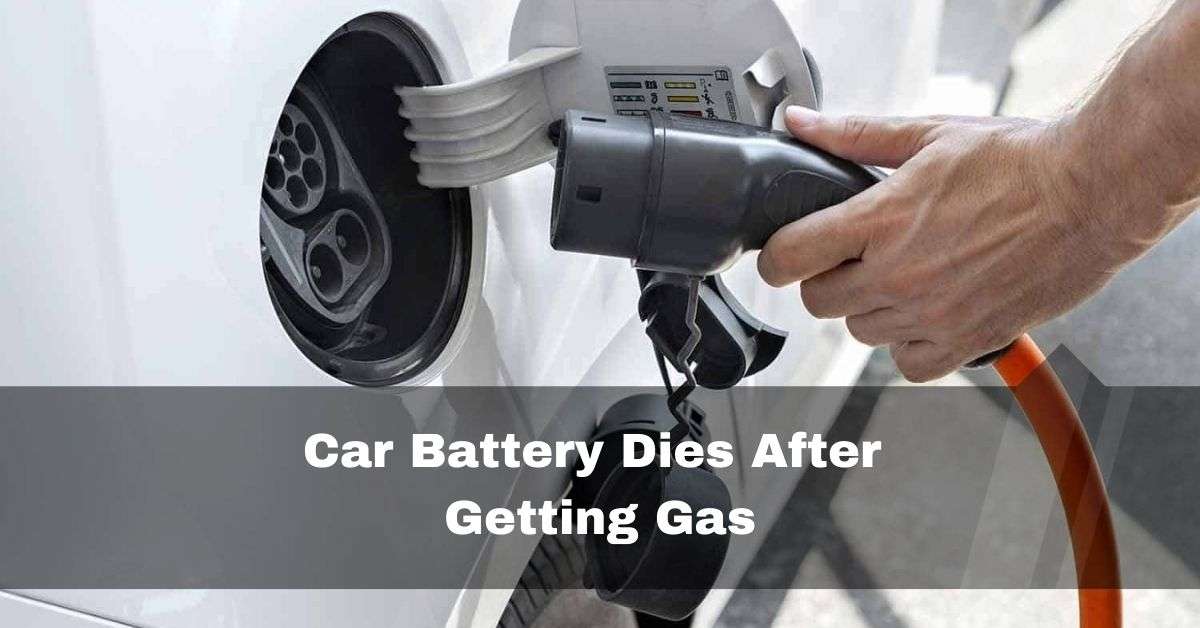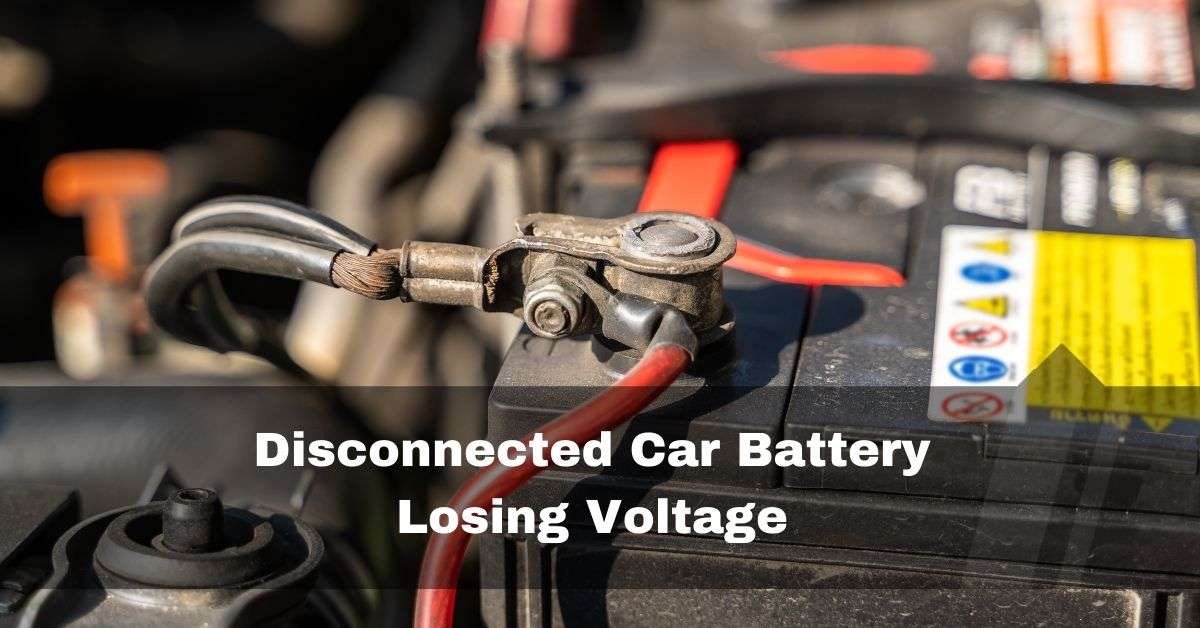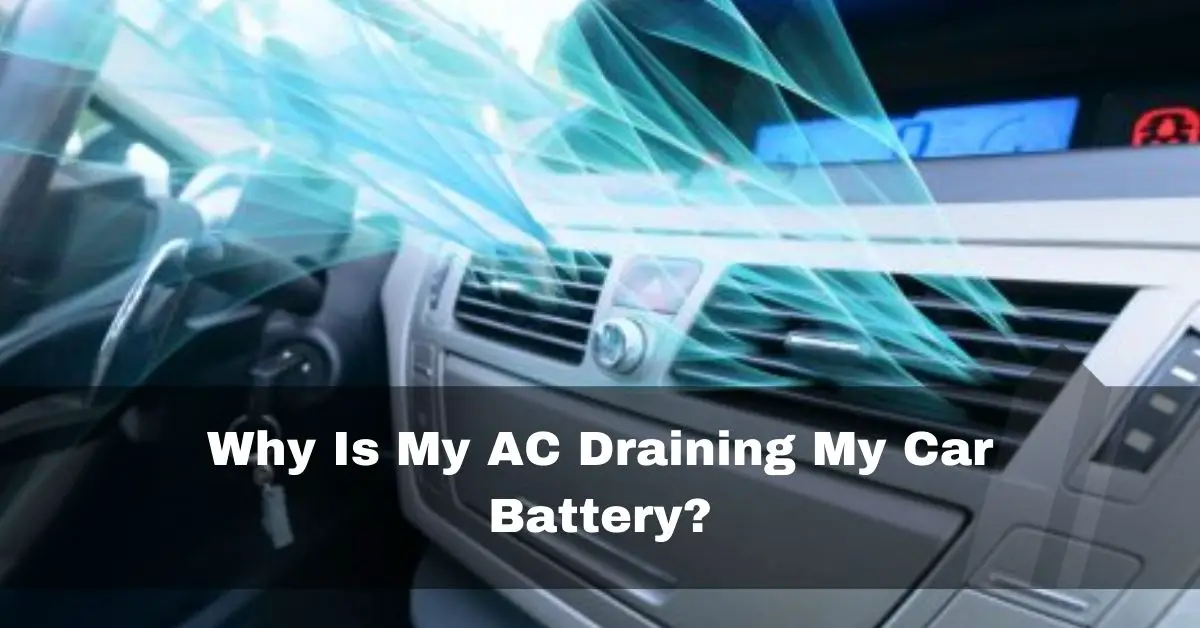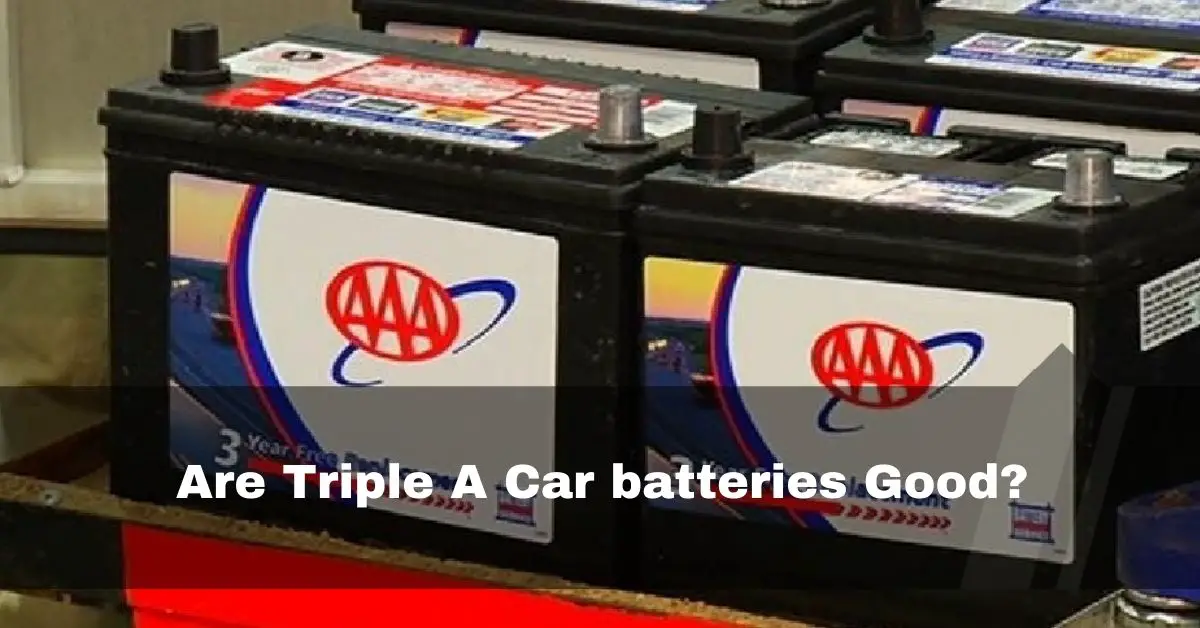What causes a battery to reverse polarity? Reverse polarity occurs when a battery’s positive and negative terminals connect to the opposite cables.
In my automotive journey, I’ve encountered instances where drivers inadvertently connected the battery cables incorrectly, resulting in reverse polarity.
Can you fix a reverse polarity battery? (Short Answer)
You must hook it up backward and charge it once more to have a negative charge. Therefore, a positively charged battery can only reverse itself by fully discharging and recharging.
This article will discuss how to fix the reverse polarity battery on a car battery and some prevention tips.
Table of Contents
How To Tell If A Battery Has Reverse Polarity?
What does reverse polarity mean? Changing the direction of electrical current flow in a circuit is referred to as reversing polarity definition.
Reversing the polarity of a direct current (DC) circuit entails switching the positive and negative connections to cause the current to flow in the other direction.
Clamps reversed bad battery? Reversing the clamps when connecting a car battery, commonly known as reverse polarity, can lead to several issues and potential damage.
What is reverse polarity in electricity? Reverse polarity, commonly called “hot-neutral reversed,” is a typical problem with electrical outlets.
Because of improper wiring, the outlet’s current flow is altered in this situation. While the outlet can still power your electrical devices, there is a larger risk of shock.
What happens when you reverse the polarity on a car battery? The signs of reverse polarity on a car battery depend on the severe damage. Some common signs include:
- Flickering or dimming of the headlights.
- Loss of power to the car’s electrical systems.
- Inability to start the engine.
- Electrical parts getting damaged or burned out.
- Crash of the car’s computer system.
- Straight and reverse polarity
How To Fix A Reverse Polarity Battery?
In a personal experience, I once faced the challenge of reverse polarity on my car battery. The realization hit me when troubleshooting starting issues, and I discovered the cables were connected incorrectly. Here’s how I addressed and fixed the reverse polarity:
As soon as you realize the reverse polarity mistake, disconnect the battery immediately. This stops the flow of incorrect current through the system and prevents further damage.
1. Disconnect The Battery:
Reverse polarity battery fix? The first step in correcting a car battery’s reverse polarity is to separate it from the vehicle to prevent reverse polarity harm.
You must remove the negative cable first, followed by the positive cable. Use a wrench or pliers to loosen the nuts holding the cables and gently remove them from the terminals.
Also Read: Car Stalling After Battery Change
2. Inspect The Battery:
After disconnecting the battery, inspect it for any visible signs of damage. Look for cracks or swell on the battery casing and check if any cells have leaked or cracked. If you discover any substantial damage, it is recommended to replace the battery because it might not be repairable.

3. Check The Fuses:
Next, check the fuses in the car’s fuse box. The reverse polarity may have destroyed one or more fuses, which could be the reason for the loss of power to the car’s electrical systems. Replace any destroyed fuses with new ones of the same rating.

Also Read: Can A Bad Battery Make Your Car Overheat
4. Reconnect The Battery Correctly:
Once you have checked the battery and replaced any blown fuses, reconnect the battery correctly. The positive terminal should have a positive cable connected to it, and the negative terminal should have a negative cable. Use a wrench or pliers to tighten the nuts holding the cables, ensuring they are secure.
Which is the positive side of a battery? A car battery’s positive and negative terminals are simple to distinguish.
A plus (+) symbol is at the top of the positive terminal, which may also have red wires or a red cap or ring surrounding it. A negative (-) symbol designates the negative terminal.
5. Start The Engine:
Is the car not starting after reverse polarity? After reconnecting the battery, start the engine and check if all the electrical systems work correctly. If everything works as expected, the issue of reverse polarity on the car battery is fixed.

Also Read: How Far Can A Car Drive On Battery Only
Tips To Prevent Reverse Polarity On Car Battery:
In my own experiences, I’ve learned the importance of preventing reverse polarity on a car battery to avoid potential damage to the vehicle’s electrical system. Here are some personalized tips that I’ve found helpful:
- Always use the correct cable color for connecting the battery terminals.
- Use only the suggested type of battery for your vehicle.
- Use caution when jump-starting another vehicle, ensuring the cables are correctly connected.
- Disconnect the negative cable when removing the battery and reconnect it last when reinstalling it.
How Do You Check Reverse Polarity with A Multimeter?
To check reverse polarity with a multimeter, follow these steps:
- Set your multimeter to the DC voltage setting.
- Connect the black (negative) probe to the negative battery terminal.
- Connect the red (positive) probe to the positive battery terminal.
- Read the voltage on the multimeter display.
- If the voltage reading is negative, then the battery has reverse polarity.
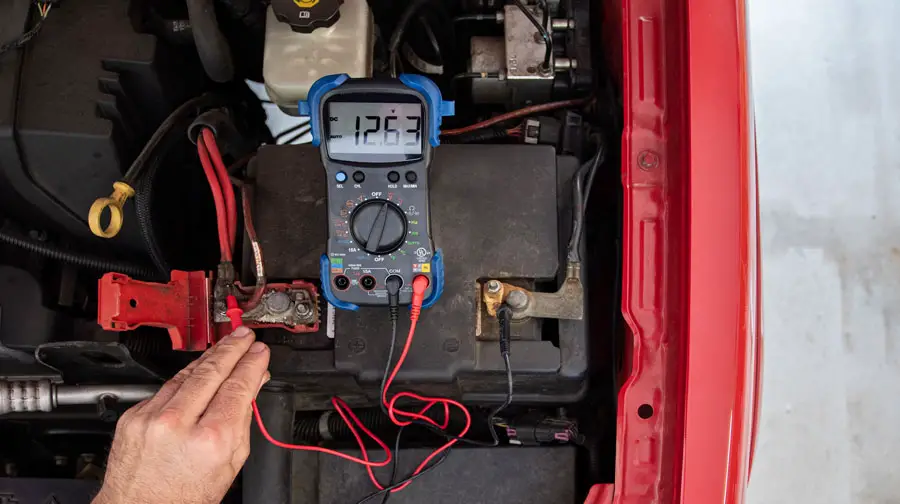
Battery charger reverse polarity damage?
If the manufacturer supplies no reverse protection, the electronic components inside the charger could be burned out by the current going to the battery through it. In other words, the charger circuit could be partially or completely harmed.
what does reverse polarity mean on a battery charger? It means this is when the positive and negative polarity on the battery is reversed.
Also Read: How Long Does It Take To Charge A Car Battery At 6 Amps
If the battery polarity is reversed on a vehicle fitted with an alternator, the effect will be
NEVER apply reverse polarity to the alternator because it can cause the diode(s) to explode, melt or be perforated by high current flow and fail. In addition, the diode(s) can also be damaged severely if the battery is disconnected while the engine is running or during a jump start.
It damages the alternator and electronic sensors in the ECU (Engine Control Unit (electronic control board), in automatic vehicles), which are a little pricey to replace with new ones.
Reversing the polarity of the current can cause the alternator to spin in the opposite direction, which can cause the diodes inside the alternator to fail.
Relevant Questions:
1. Can a battery switch polarity?
Batteries cannot reverse their polarity on their own unless an external force acts upon them or a reversible chemical reaction occurs.
2. Can Reverse Polarity Cause A Fire In My Car?
Car battery reverse polarity? A fire may result If the electrical system experiences a short circuit due to reverse polarity on a car battery. Therefore, taking necessary precautions and following proper procedures when dealing with car batteries is essential to prevent accidents or injuries.
3. Can I Still Start My Car If The Battery Has Reverse Polarity?
You can only start your car if the battery has reverse polarity, as it will provide the necessary power to the engine and electrical systems. The battery and other parts could still be harmed. Therefore, addressing the reverse polarity problem as soon as possible is still crucial.
4. Can Reverse Polarity Damage The Alternator?
Yes, reverse polarity can damage the alternator in your car, as it can cause a sudden rise of electrical current that can overload and damage the alternator. Reverse polarity must be fixed immediately to stop future harm to your car’s electrical system, including the alternator.
5. Will the Fuse Protect Reverse Polarity?
Can reverse polarity damage electronics? Fuses can protect the electrical system from damage caused by reverse polarity. In the event of a reverse polarity, the fuse will trip the circuit and halt the flow of electricity, protecting the electrical parts.
6. What Happens If You Reverse Polarity When The Jump Starts?
Reverse polarity when jump-starting a car? If you reverse polarity when jump-starting a car, it can cause a surge of electrical current that can damage the electrical system of both vehicles. It could cause a fire or damage your car’s battery, alternator, or computer system.
7. What Happens If Battery Is Charged With Reverse Polarity?
The electronic parts inside the charger could be fried by the current going to the battery through the charger (if the manufacturer provides no reverse protection). In short, it could damage the charger circuit in whole or part.
8. How To Charge A Reverse Polarity Battery?
In theory, you have to drain the battery, connect its charger incorrectly, and turn it on for the battery to charge in the opposite direction. Many cell chemistries can’t be discharged low enough for that to happen.
9. Can you reverse the polarity of a 12V battery?
Yes, Lead-acid batteries that have been completely depleted can be reverse-charged, producing a battery with the polarity inverted. Although the battery may show 12.6 volts on a voltmeter, don’t count on it to last for very long.
10. What happens if you connect positive to negative on a AA battery?
A short circuit might happen. Electricity moves from a battery’s negative end to its positive end. A short circuit happens when a battery’s positive and negative ends make direct contact. As a result, the battery will run out very soon.
Conclusion:
A car battery’s reverse polarity can seriously harm the car’s battery and electrical system. But if you take the actions mentioned above—disconnecting the battery, checking it for damage, checking the fuses, and correctly reconnecting it—you can resolve the problem. It is always better to prevent reverse polarity by using caution.
When connecting cables, use the suggested type of battery and disconnect the negative cable first when removing the battery. If you are unsure how to fix the issue, it is recommended to get professional assistance to prevent further damage to your car.
Also Read:
- Can A Car Battery Test Good And Still Be Bad
- Is 15 Volts Too High For Car Battery
- Car Making Noise After Battery Change
- Is 12.3 Volts OK Car Battery
References:
- https://www.12vmonster.com/blogs/product-questions/can-a-12-volt-battery-reverse-polarity
- https://bbs.homeshopmachinist.net/forum/general/54741-customer-reversed-the-polarity-of-battery-how-do-i-fix-it
- https://www.large.net/news/97u43ng.html
- https://www.quora.com/How-do-you-fix-reverse-polarity-on-a-battery


















